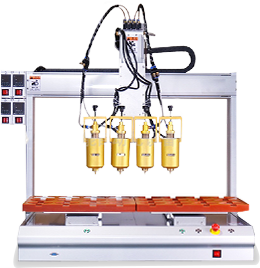

The aluminum cylindrical dense fin heat sink is made of high-quality 6063 aluminum alloy through precision extrusion and cutting processes. The surface of the cylinder is surrounded by multiple layers of dense fins, with a ring array structure to maximize the heat dissipation area, and the unique center concave design accurately fits the circular heat source. No complicated installation is required. Through natural convection or with auxiliary fans, it can efficiently dissipate the heat of LED lamps, small power modules and other equipment, taking into account both heat dissipation performance and space adaptability.
Material and process
Material selection: 6063 aluminum alloy is selected as the basic material. Its good thermal conductivity and mechanical properties can meet the conventional heat dissipation requirements. For high-heat scenarios, 7075 aviation-grade aluminum alloy customization options are provided, with a 20% increase in thermal conductivity and higher strength.
Processing technology: The cylinder and fins are formed in one piece using high-precision extrusion molding technology to ensure structural precision; the surface is anodized to form a dense oxide film to improve wear resistance and oxidation resistance; some high-end models use CNC precision milling technology to round the edges of the fins to optimize airflow guidance.
Application scenarios
LED lighting field: suitable for spotlights, mining lamps, plant growth lamps, etc., effectively controlling the temperature of lamp beads, improving the stability of light effect and the service life of lamps.
Electronic equipment heat dissipation: heat dissipation for small power amplifiers, power adapters, 5G communication modules and other equipment, solving the heat dissipation problem in compact space environments.
Industrial automation: heat dissipation for sensors, controllers and other components in high temperature and dusty environments to ensure stable operation of industrial equipment.
Smart home equipment: used for smart cameras, smart speakers, etc., 0 noise design does not interfere with the home environment, ensuring stable equipment performance.
 Headquarters tel.
Headquarters tel. E-mail.
E-mail.